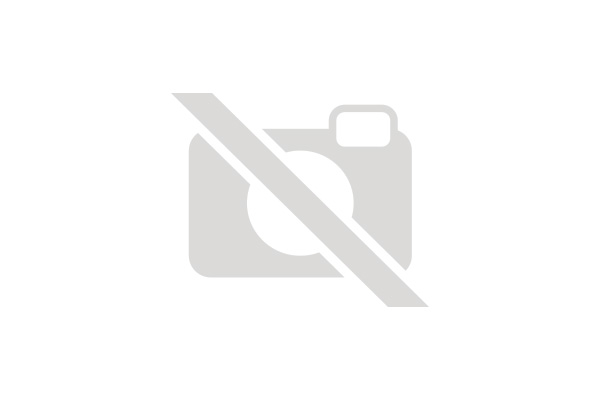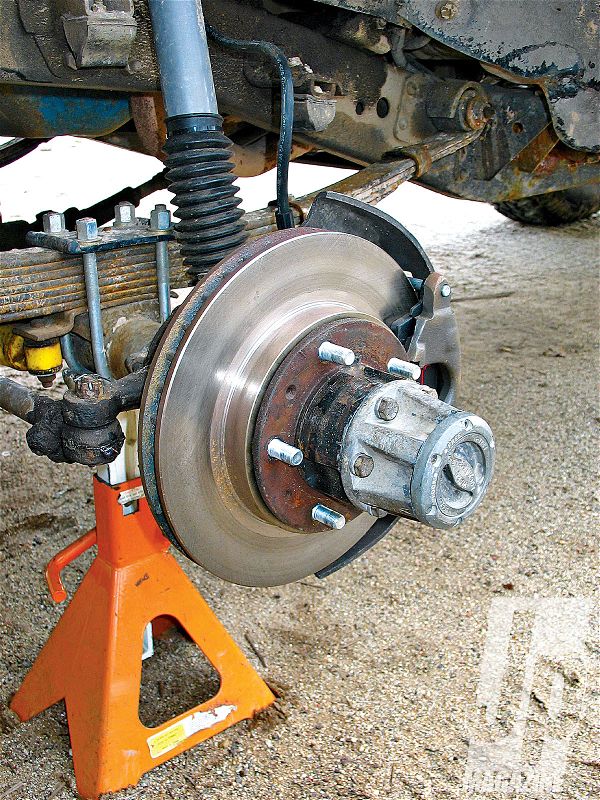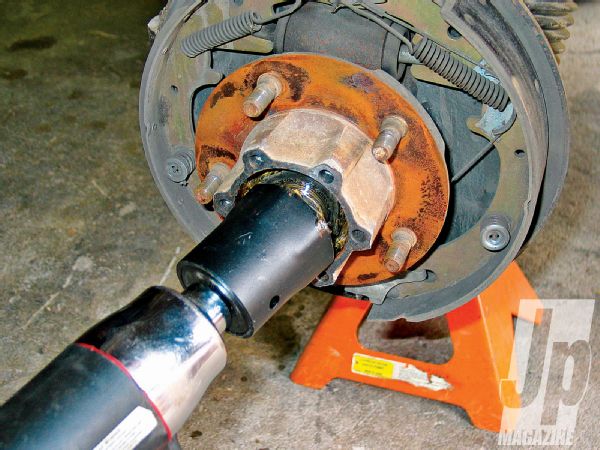
 John Cappa
Former Editor, Four Wheeler
John Cappa
Former Editor, Four Wheeler
So what if a closed-knuckle, drum-braked Jeep axle hasn't been built since 1973. There are over 30 years of closed-knuckle Dana 25,27, and 44 front axles stuffed under many still-running older Jeeps. If you've added bigger tires to your vintage Jeep, frequent the local mud hole and are tired of rinsing out your brakes afterward, or if you just want to stop more quickly and safely, this bolt-on wrecking yard upgrade is right up your alley. We performed our upgrade on a '73 J2000, but this swap works on early CJs, FSJs, Willys trucks, Wagons, FCs, and more.

In addition to the disc swap, we'll show you how to replace the weak spindle bolt assembly with much sturdier studs. Hard use, rust, and age can cause the spindle bolt threads in the stock closed-knuckles to pull out or strip. You'll never have to worry about three-wheeling while driving down the road or trail.
How's It Work
The difference in braking performance between 11-inch drums and the new discs is awesome, and the difference between 9-inch drums and discs is unbelievable. If you have a weak leg, consider replacing the single-pot master cylinder found on early Jeeps with a dual-pot system when making the swap. We've run these discs with both single-pot and dual-pot master cylinders with decent results. However, expect the front brakes to drag slightly if you use the single-pot master. To use the single-pot master and avoid front brake drag you can remove the residual pressure valve from the single-pot master cylinder and plumb an inline 10-lb residual pressure valve into the rear brake line.
 The front drums need to be disassembled. Nearly every early Jeep wheel hub we've opened up has had the hub nuts attacked with a chisel to loosen or tighten the wheel bearings. This Omix-Ada hub socket (PN 16711.01) can be picked up for less than $10 and makes the job so much easier.
The front drums need to be disassembled. Nearly every early Jeep wheel hub we've opened up has had the hub nuts attacked with a chisel to loosen or tighten the wheel bearings. This Omix-Ada hub socket (PN 16711.01) can be picked up for less than $10 and makes the job so much easier.
On FSJs the lower shock mounts can interfere with the calipers at full steering lock. We modified one of our shock mounts and adjusted our steering stops, although it's best to relocate the FSJ shock mounts to retain full steering.
PhotosView Slideshow













